Ingredients
-
100g sourdough starter
-
1 tbsp sugar
-
100g bread flour
-
150g wholemeal flour
-
1 1/2 tsp coriander seeds
-
1/4 tsp black peppercorns
-
1 small garlic clove
-
60 ml extra virgin olive oil
-
1 tsp sesame seeds
-
2 tsp za’atar
-
flakey sea salt
Method
In a large bowl, dissolve the sourdough starter, sugar and 5g salt in 150 ml lukewarm water, then mix in the bread and wholemeal flour and work it into a rough dough. Let it rest for 10 minutes (the gluten will begin to build and it is much easier to handle the dough afterward). Tip the dough out onto your work surface and knead it for 10 minutes. Due to the high wholemeal content, it won’t become super smooth and it will still feel rather sticky. That’s fine! If the dough sticks to your hands, you can rub a bit of flour between them to loosen it. Return the dough to a clean bowl, cover it with a damp tea towel and let it rise for around 3-4 hours. The dough doesn’t need to double, but it should feel slightly aerated and show some bubbles on the bottom when you lift it up.
For an aromatic oil, toast the coriander seeds and peppercorns in a small frying pan for around 60 seconds until they are fragrant. Then roughly grind them in a spice grinder or pestle and mortar. With a knife or garlic press, crush the garlic into a fine paste. Add the olive oil along with the spices, garlic and sesame seeds to a small sauce pan and heat until the garlic begins to sizzle heavily. Remove then pan from the heat and drop in the za’atar.
To make the flatbreads, place a cast iron skillet or large non-stick frying pan on medium-high heat. Divide the dough into 6 equal pieces and roll one of the pieces into a flat disk around 0.2 cm thick and 20cm in diameter. Cover the remaining dough pieces with a damp towel. Cook the rolled out dough in the pan for around a minute until smaller and larger bubbles appear all over the surface. Flip it over and continue cooking for another 60 seconds until lightly charred on each side. Transfer the cooked flatbread to a plate or board and instantly brush with half a tablespoon of the aromatic oil and a sprinkle of flakey sea salt. Cover the flatbread with a bit of kitchen paper and a kitchen towel to trap in the steam and soften the flatbreads while you continue with the next piece of dough.
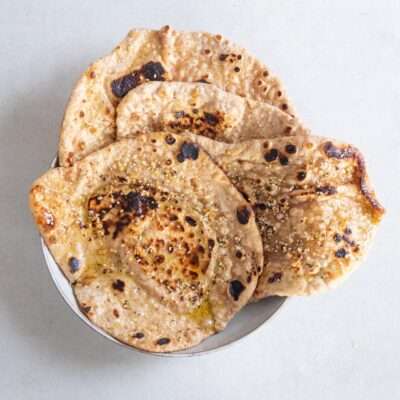
Sourdough Flatbreads
Ingredients
Instructions
- In a large bowl, dissolve the sourdough starter, sugar and 5g salt in 150 ml lukewarm water, then mix in the bread and wholemeal flour and work it into a rough dough. Let it rest for 10 minutes (the gluten will begin to build and it is much easier to handle the dough afterwards). Tip the dough out onto your work surface and knead it for 10 minutes. Due to the high wholemeal content, it won’t become super smooth and it will still feel rather sticky. That’s fine! If the dough sticks to your hands, you can rub a bit of flour between them to loosen it. Return the dough to a clean bowl, cover it with a damp tea towel and let it rise for around 3-4 hours. The dough doesn’t need to double, but it should feel slightly aerated and show some bubbles on the bottom when you lift it up.
- For an aromatic oil, toast the coriander seeds and peppercorns in a small frying pan for around 60 seconds until they are fragrant. Then roughly grind them in a spice grinder or pestle and mortar. With a knife or garlic press, crush the garlic into a fine paste. Add the olive oil along with the spices, garlic and sesame seeds to a small sauce pan and heat until the garlic begins to sizzle heavily. Remove then pan from the heat and drop in the za’atar.
- To make the flatbreads, place a cast iron skillet or large non-stick frying pan on medium-high heat. Divide the dough into 6 equal pieces and roll one of the pieces into a flat disk around 0.2 cm thick and 20cm in diameter. Cover the remaining dough pieces with a damp towel. Cook the rolled out dough in the pan for around a minute until smaller and larger bubbles appear all over the surface. Flip it over and continue cooking for another 60 seconds until lightly charred on each side. Transfer the cooked flatbread to a plate or board and instantly brush with half a tablespoon of the aromatic oil and a sprinkle of flakey sea salt. Cover the flatbread with a bit of kitchen paper and a kitchen towel to trap in the steam and soften the flatbreads while you continue with the next piece of dough.
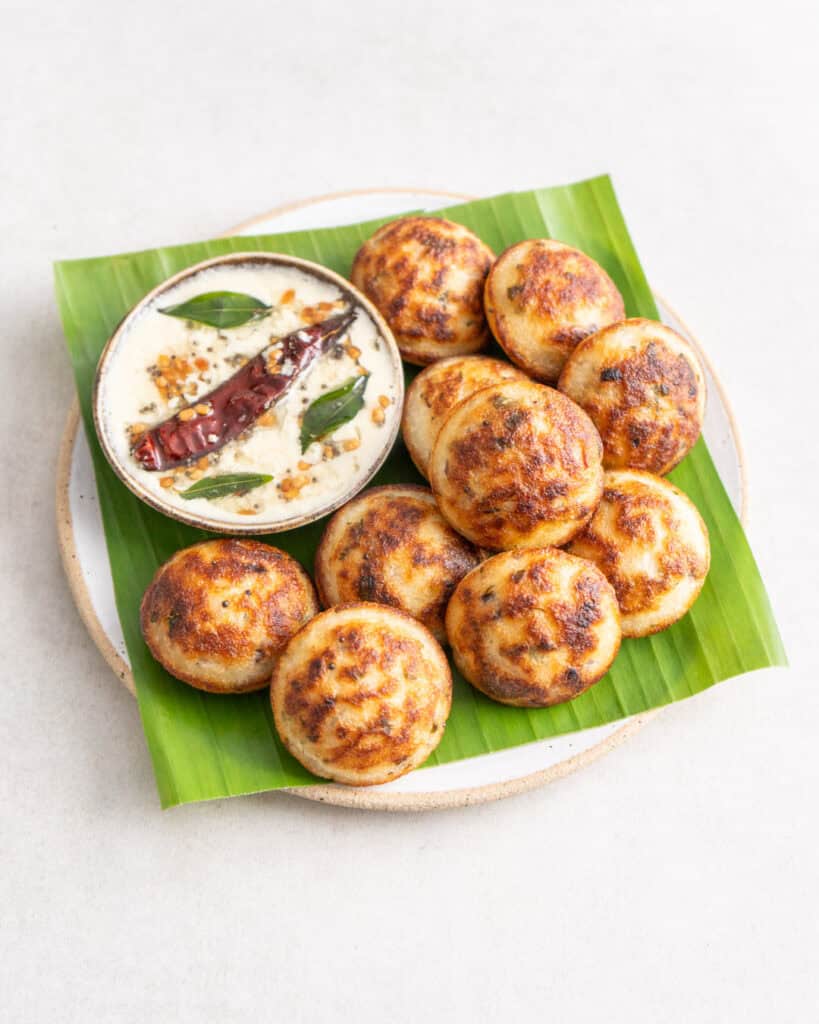

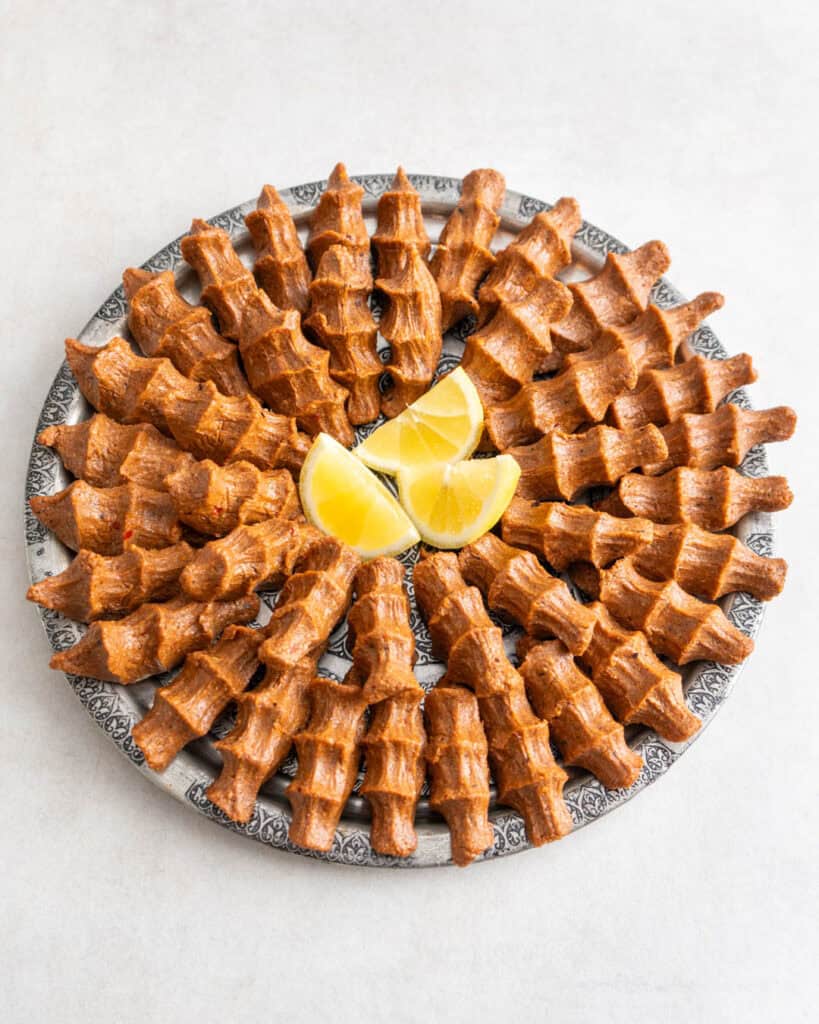
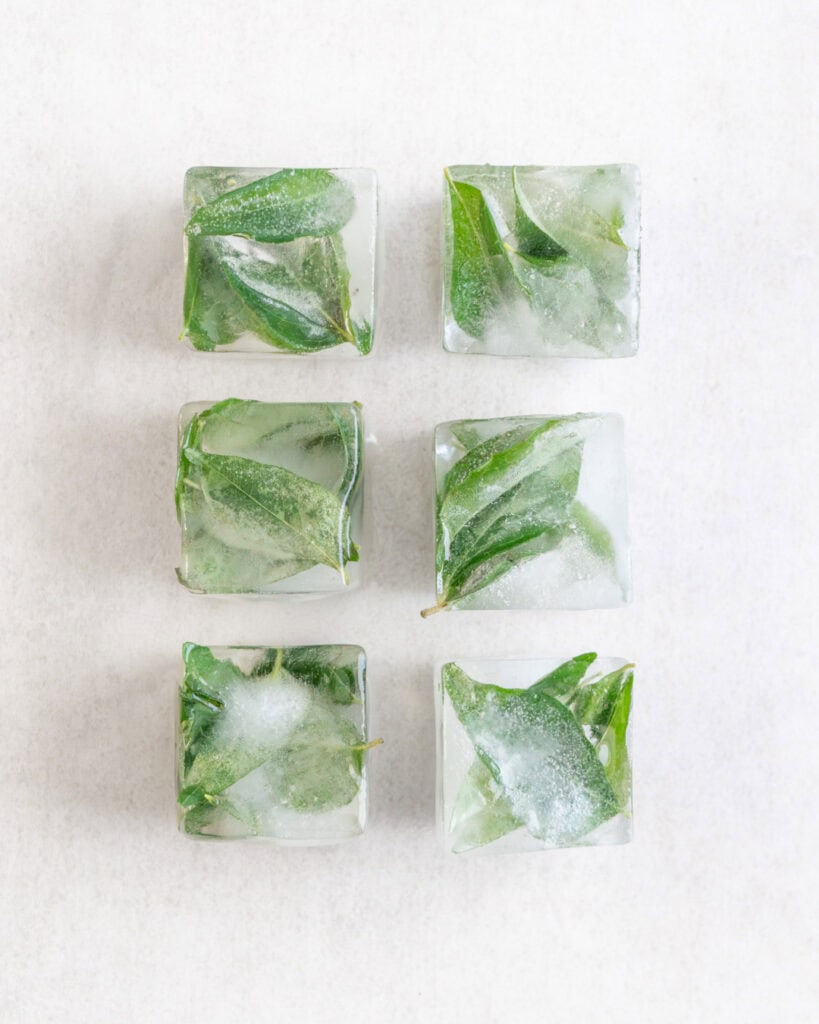
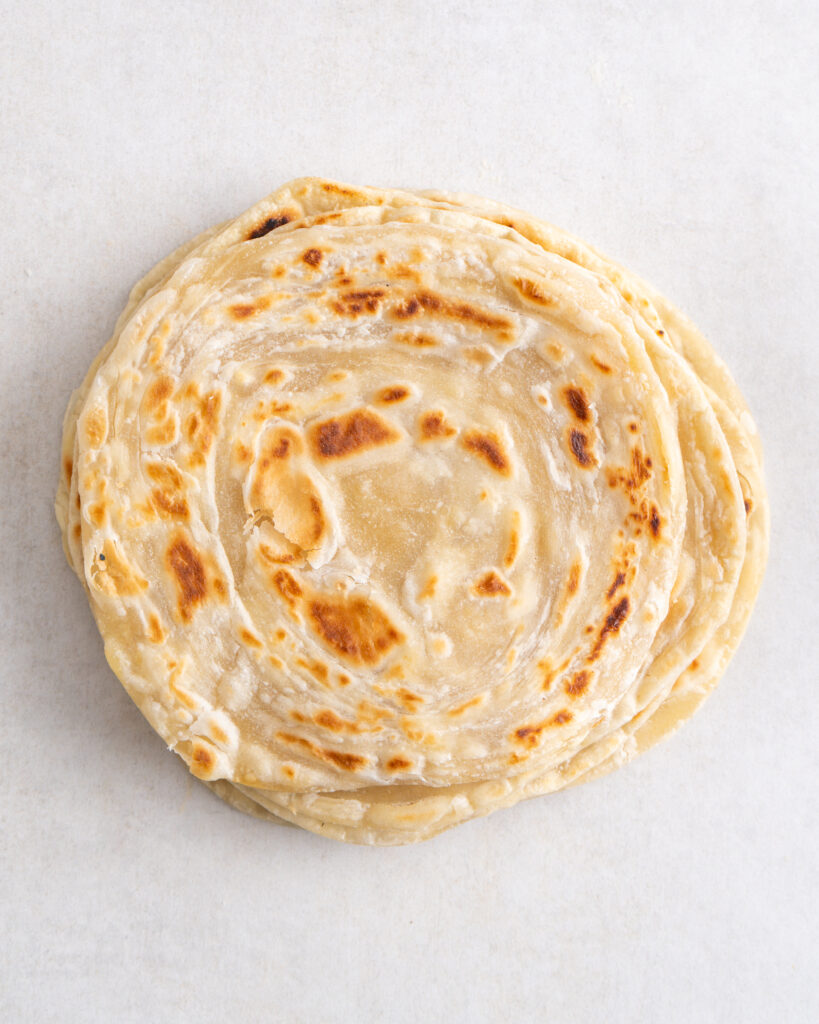
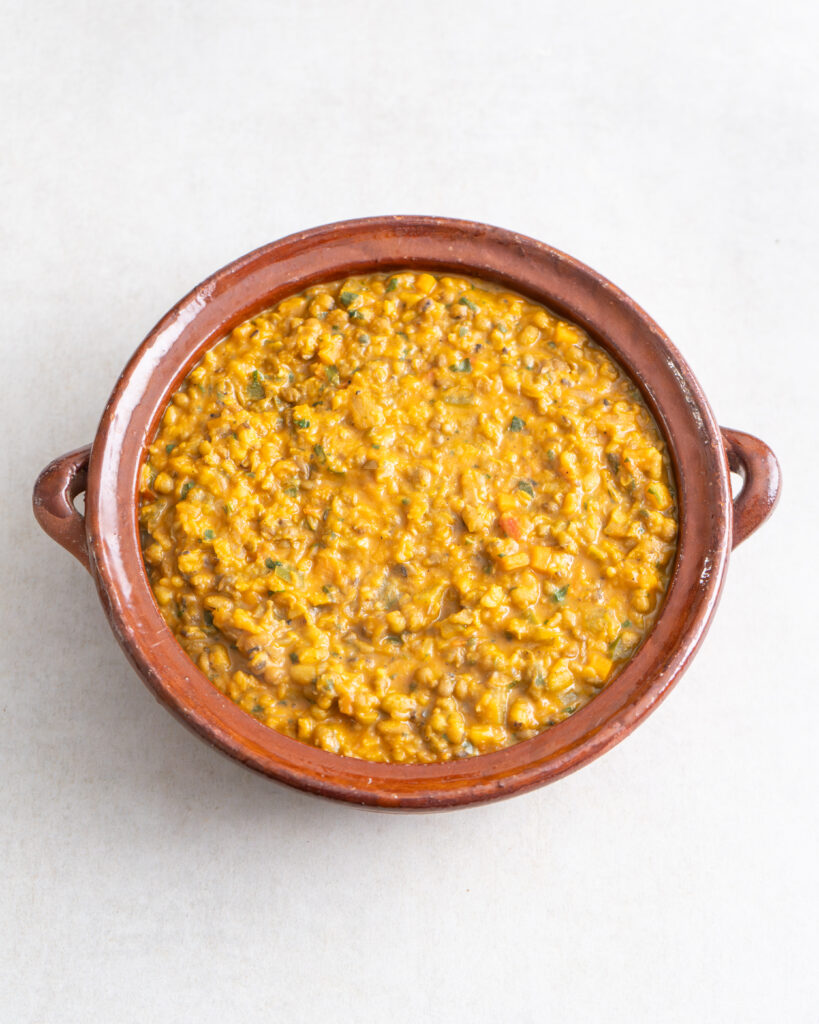
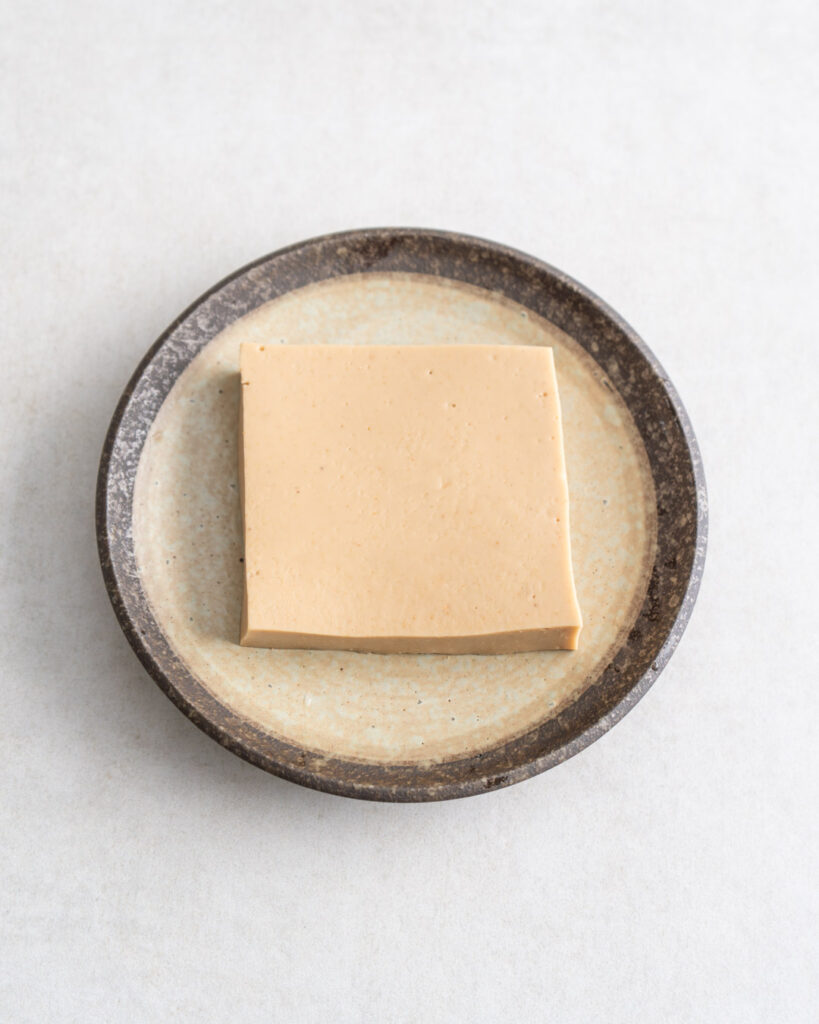
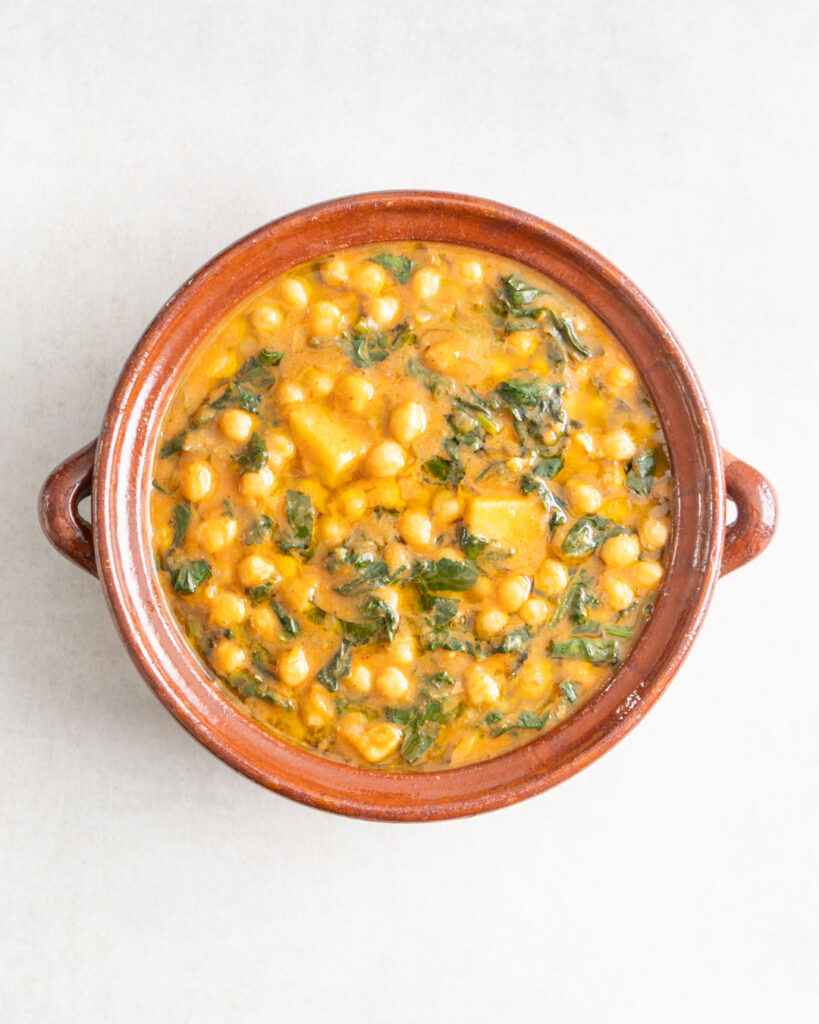
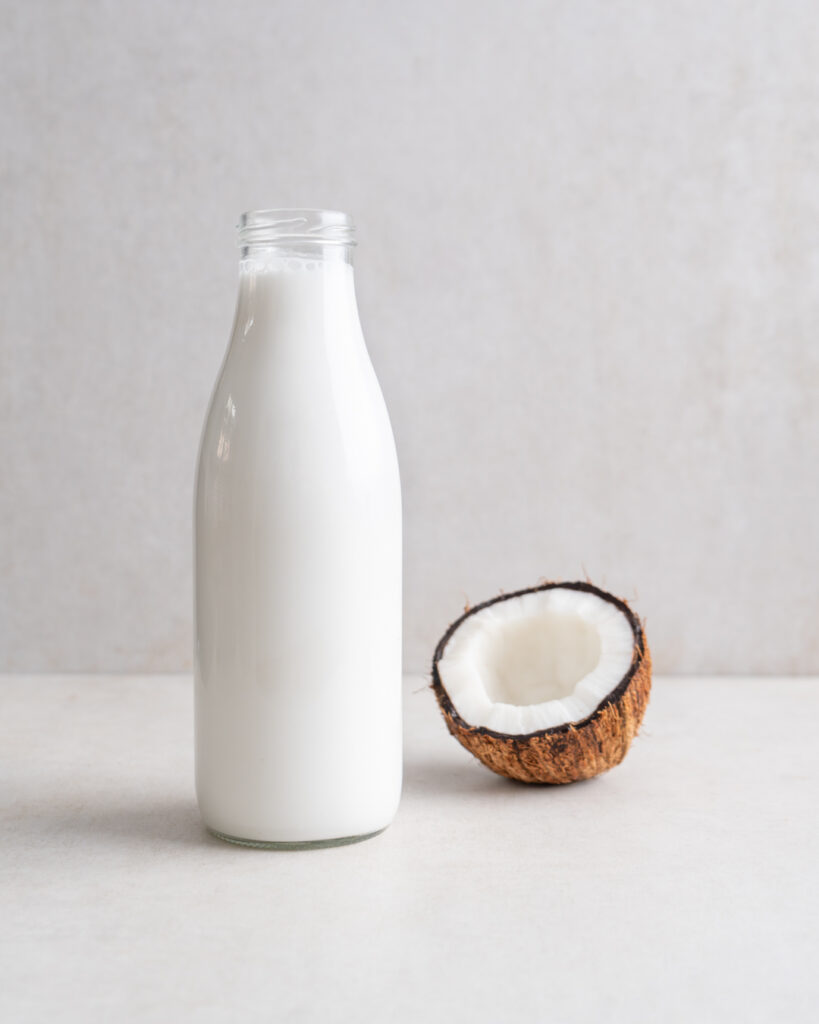
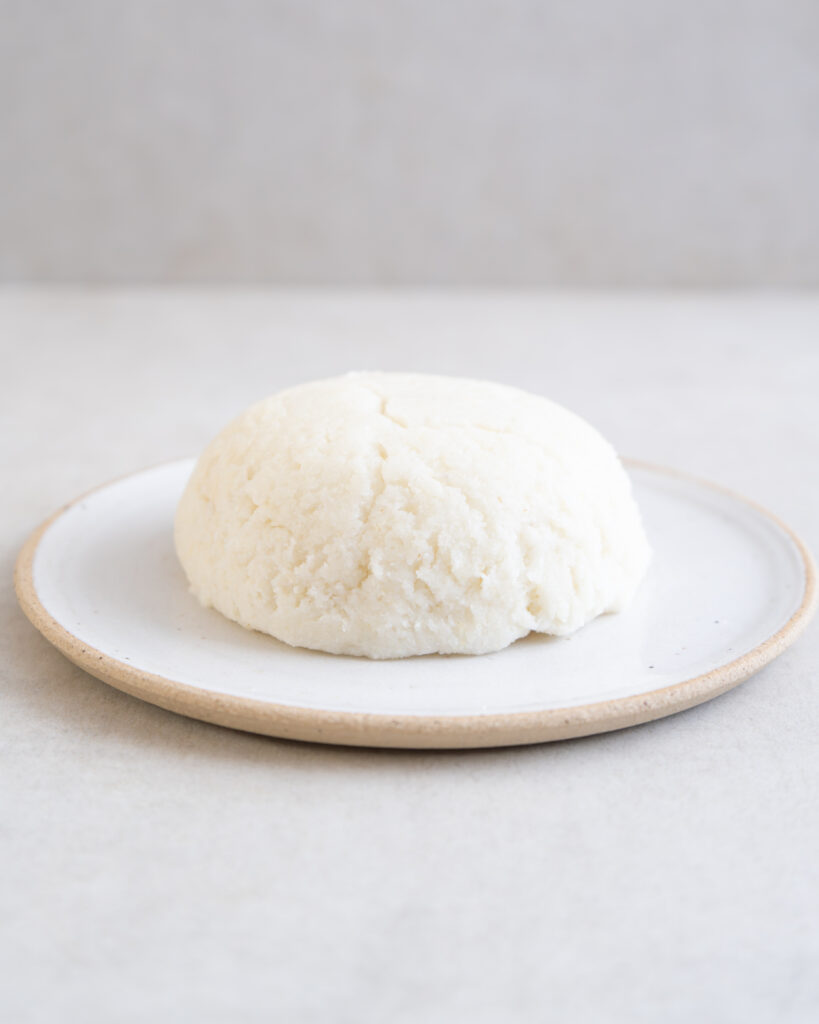

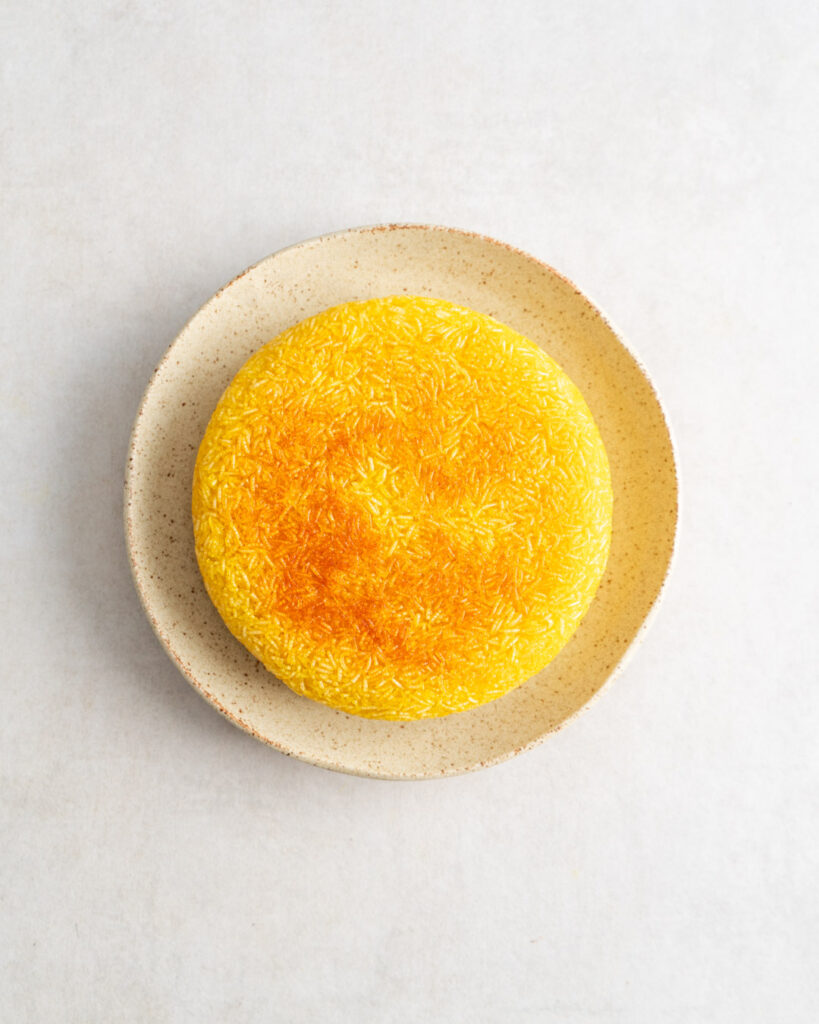


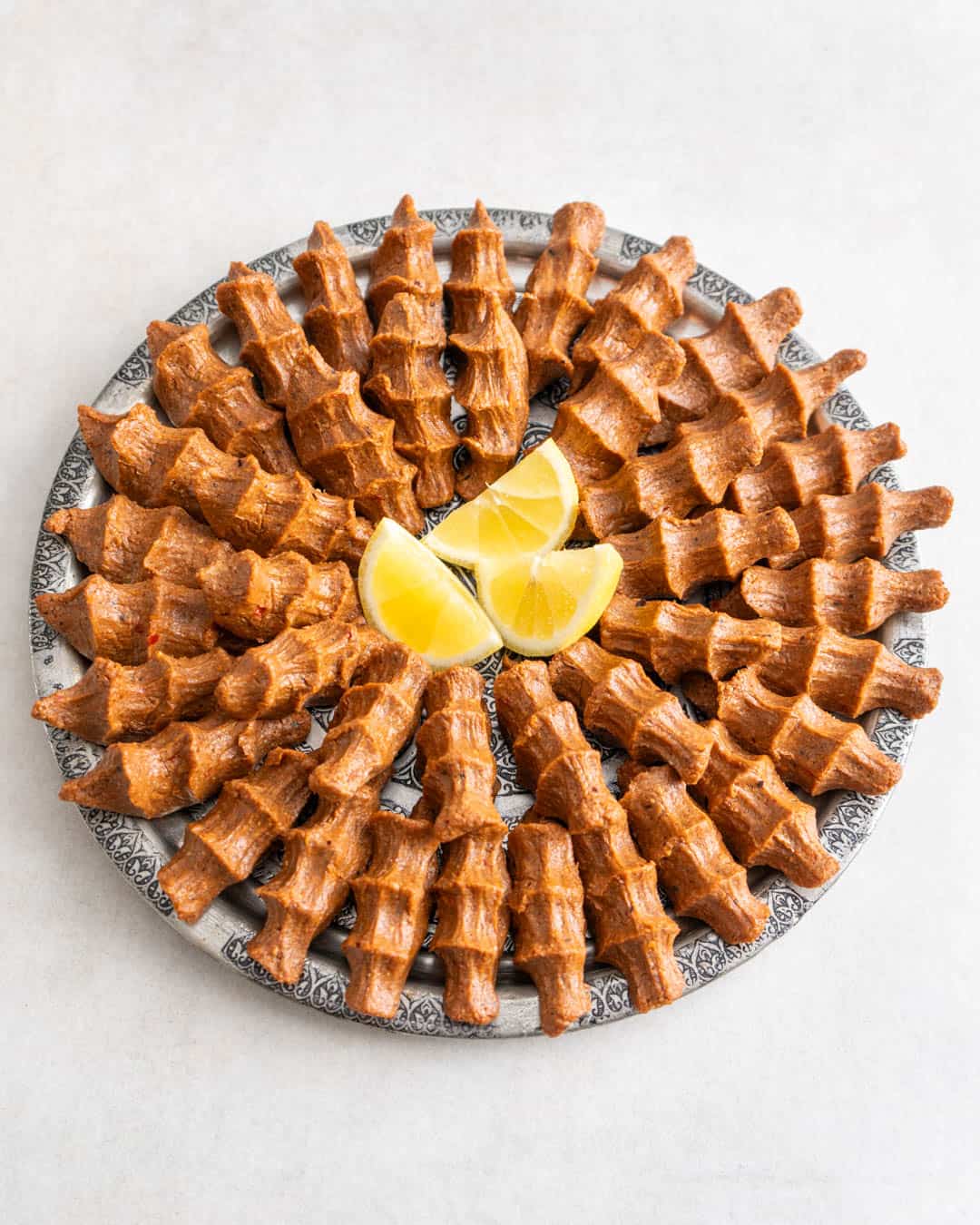
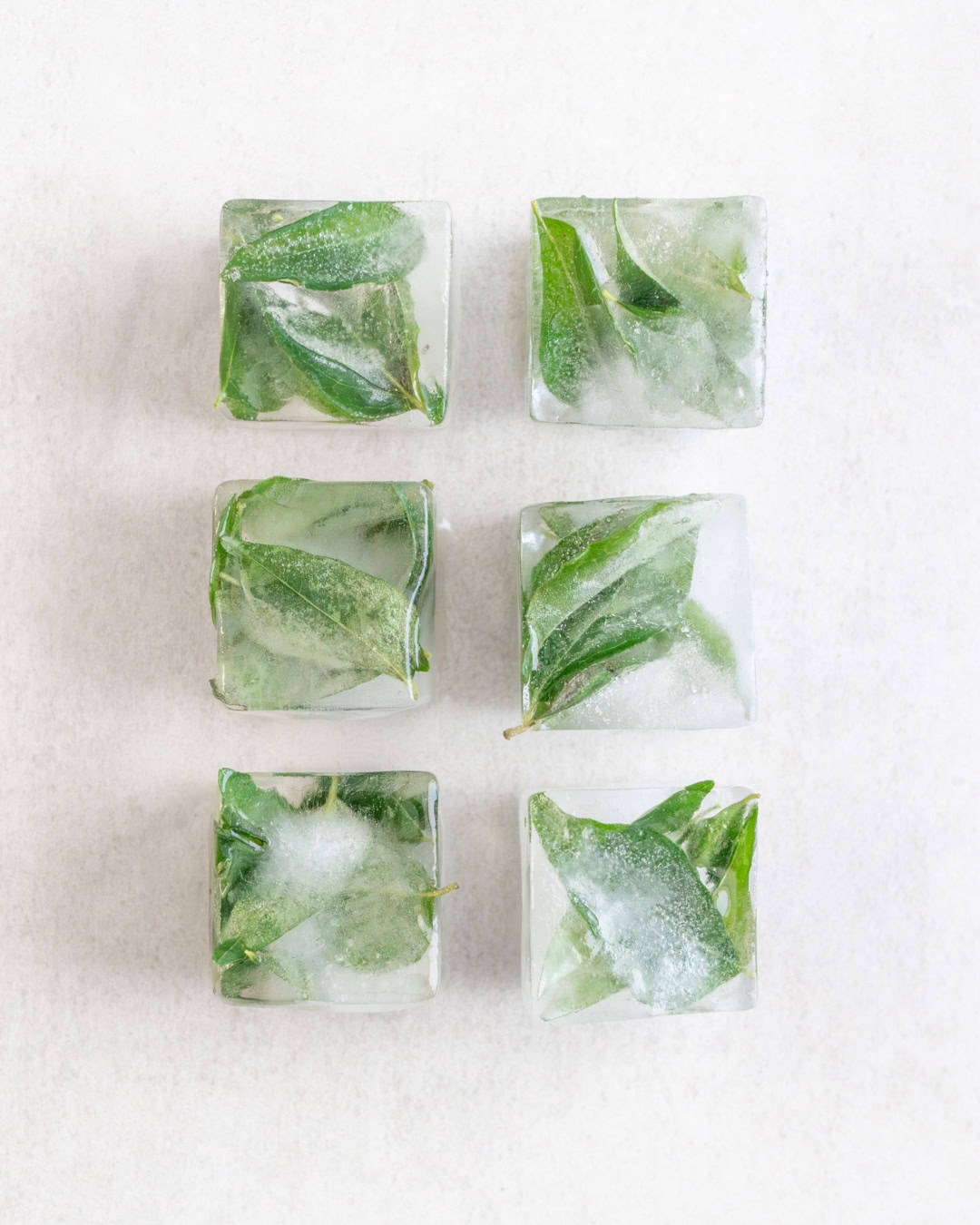








0 Comments